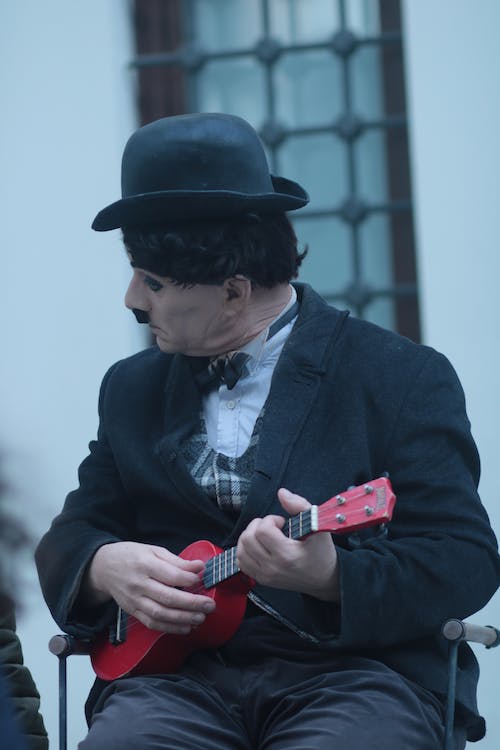While many people who are not movie fanatics know Charlie Chaplin as that actor who wore a bowler hat, tight clothes, and a peculiar mustached in silent films, only some of them might actually know that Chaplin directed almost all of the movies that he has starred in. It is obvious that Chaplin’s acting chops were praised by critics and moviegoers, as he was able to transition well from acting in silent films to speaking dialogues in “talkie” movies, but the aspect of his career that is not given enough praise is his directing skills. In order for you to fully understand why Chaplin as a director deserves recognition, here are short details of his methods and techniques in directing his movies.
Directing Silent Films
Even before being able to direct films, Charlie Chaplin already had an interest in creating funny movements and skits when he was just a child. Chaplin once stated that one of his first influences as an actor and director was his mother, who would often mimic the actions of passers-by near their house in a funny way. Through mimicking movements, he was able to articulate his expressions and actions very well. Because young Chaplin would always be at music halls due to the nature of her mother’s work, he would often see pantomimes performing and doing their skits on stage, which further nourished his knowledge in comedy.
When he was working for the Fred Karno pantomime company, he was able to hone his skills in making skits even funnier by arranging their paces nicely for better comedic effect. It was also during his tenure at Fred Karno that he learned that mixing pathos, which focuses on the sadness in life, with comedy would be more relatable to the audience, as they will be able to see the positive side of failure.
Once he began directing his films at Keystone Studios, he was now able to perfect his skills and apply it efficiently not only in his characters but for the other ones played by his co-actors as well. However, most of his early films would only have vague descriptions about the story and the movement of characters on the screen. As such, the actors in his films are forced to provide an improvised performance most of the time based on what is written on the script.
Chaplin was very secretive of his directing techniques when he was alive, as he believed that telling your “tricks” would spoil the “illusion” or the “magic” on the screen. However, many film historians have concluded that Chaplin’s ideas for the story and the scenes on the film would just work out on its own while they are shooting or filming. Because of this method of improvisation, Chaplin would then have to reshoot some scenes for his films if he was not satisfied with the improvised result.
Evolution in Directing
When he was given more freedom by production companies to create his films, he was able to fully flesh out the movie’s story before filming it since there are no more deadlines to follow. This evolution in Chaplin’s directing is said to have started from A Woman of Paris, which starred only his longtime love interest in his movies, Edna Purviance.
Unfortunately, his freedom for creating his own films also had negative sides to it, one of which is his constant requests to delay the filming due to the lack of inspiration for ideas and scenes. When he runs out of ideas, some people say that he would often take long breaks before coming back to the studio. Furthermore, there are even multiple accounts saying that it would take days before Chaplin can come up with an idea.
Charlie, the Perfectionist
Chaplin is a known perfectionist, and he did not want to create ideas on the fly without thinking about it thoroughly. As mentioned previously, his early films would suffer from constant reshoots, but when he gained enough creative freedom, it would sometimes take more than 50 takes of a single scene before he is satisfied with the outcome. Due to having reshoots, Chaplin’s studio would have to work on plenty of film reels to edit, thus raising the budget for his films. Interestingly, Chaplin would edit the footage of his films, and it would take him weeks or even months before he can finish editing them.
Because of his perfectionism, he would often try to act out the roles given to other actors in the film so that these actors would know what he wants to see on the screen. There are some reports stating that Marlon Brando, who was cast as the lead character for Chaplin’s 1967 film A Countess from Hong Kong, felt insulted that Chaplin acted out his role and wanted to quit. However, Chaplin was able to convince him to remain as the lead for the movie.
Some might say that Chaplin’s method and style of directing are bizarre, but nobody can argue that his techniques are proven to be effective in creating some of the greatest films in history, such as The Kid, City Lights, The Great Dictator, and many more.


